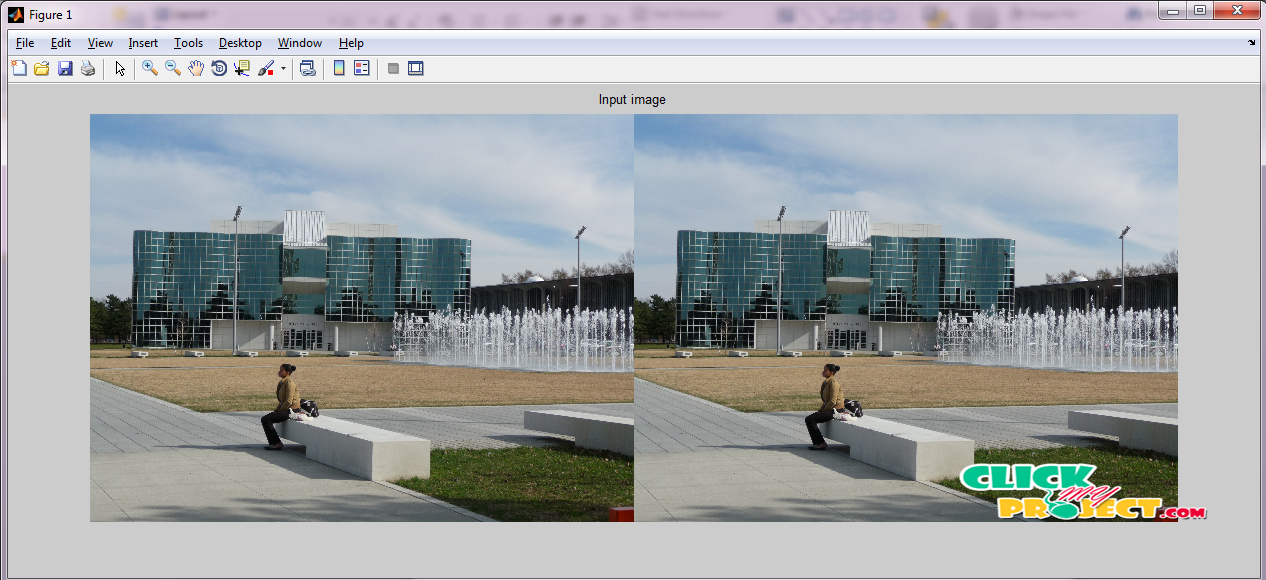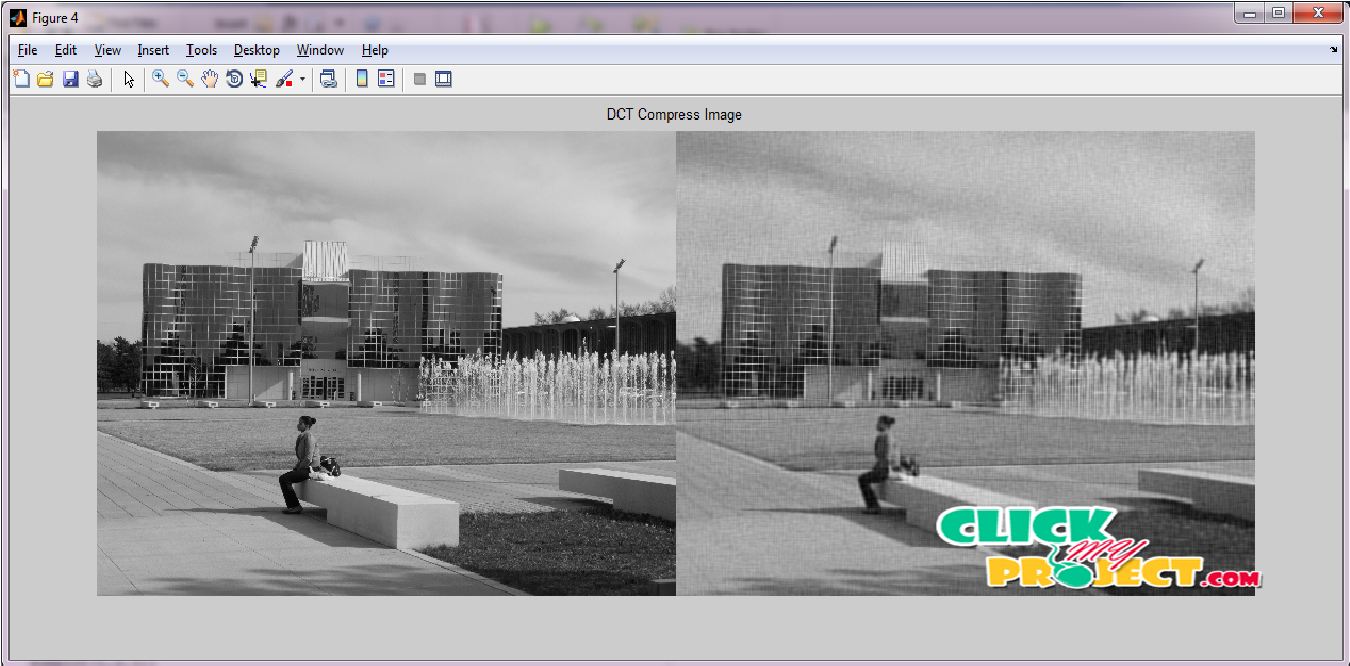A Visual Model Based Perceptual Image Hash for Content Authentication
Our Price
₹3,500.00
10000 in stock
Support
Ready to Ship
Description
A perceptual image hash function maps an image to a short binary string based on an image’s appearance to the human eye. Hash functions are frequently called message digest functions. Their purpose is to extract a short binary string from a large digital message. A key feature of conventional cryptographic (and other) hashing algorithms such as message digest and secure hash algorithm is that they are extremely sensitive to the message; i.e., changing even one bit of the input message will change the output dramatically. However, multimedia data such as digital images undergo various manipulations such as compression and enhancement. An image hash function should instead take into account the changes in the visual domain and produce hash values based on the image’s visual appearance. Such a function would facilitate comparisons and searches in large image databases. Other applications of a perceptual hash lie in content authentication and watermarking. Perceptual image hashing is useful in image databases, watermarking, and authentication. Image perceptual hashing has been proposed to identify or authenticate image contents in a robust way against distortions caused by compression, noise, common signal processing and geometrical modifications, while still holding a good discriminability for different ones in sense of human perception. The system combined statistical analysis methods and visual perception theory to develop a real perceptual image hash method for content authentication.
Tags: 2015, Digital Image Processing, Matlab




